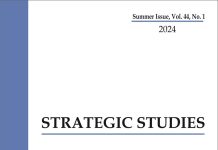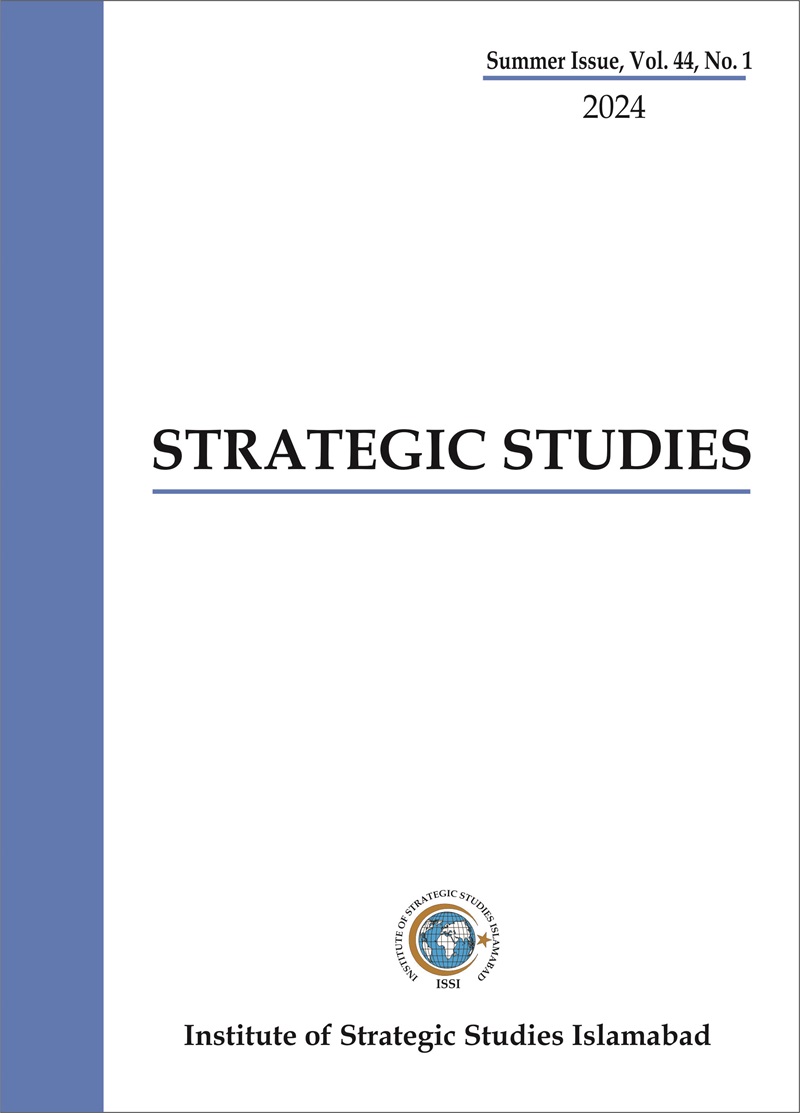Abstract
The strategic landscape of the Asia-Pacific is now shaped by the competition between China’s Belt and Road Initiative (BRI) and the United States’ Free and Open Indo-Pacific strategy. The Sino-U.S. strategic competition has greatly impacted the strategic outlook and foreign policies of middle powers in the region. This paper argues that the Asia-Pacific middle powers are functioning along the lines of omnidirectional hedging which is relatively a new concept in the IR discourse. Omnidirectional hedging entails maximisation of strategic space and avoiding entrapment in the great power rivalry through diplomatic, economic and security diversification. Through qualitative analysis, this research observes that the traditional middle powers ─ Japan, India, and Australia ─ are now largely focusing on multilateralism, minilateral alliances, free trade agreements, infrastructure investments, maritime security cooperation and new defence agreements. Such a foreign policy behaviour is paving way for a closely knitted middle-power network in the region to prevent great powers from engaging in direct confrontation which would threaten regional peace and stability.












